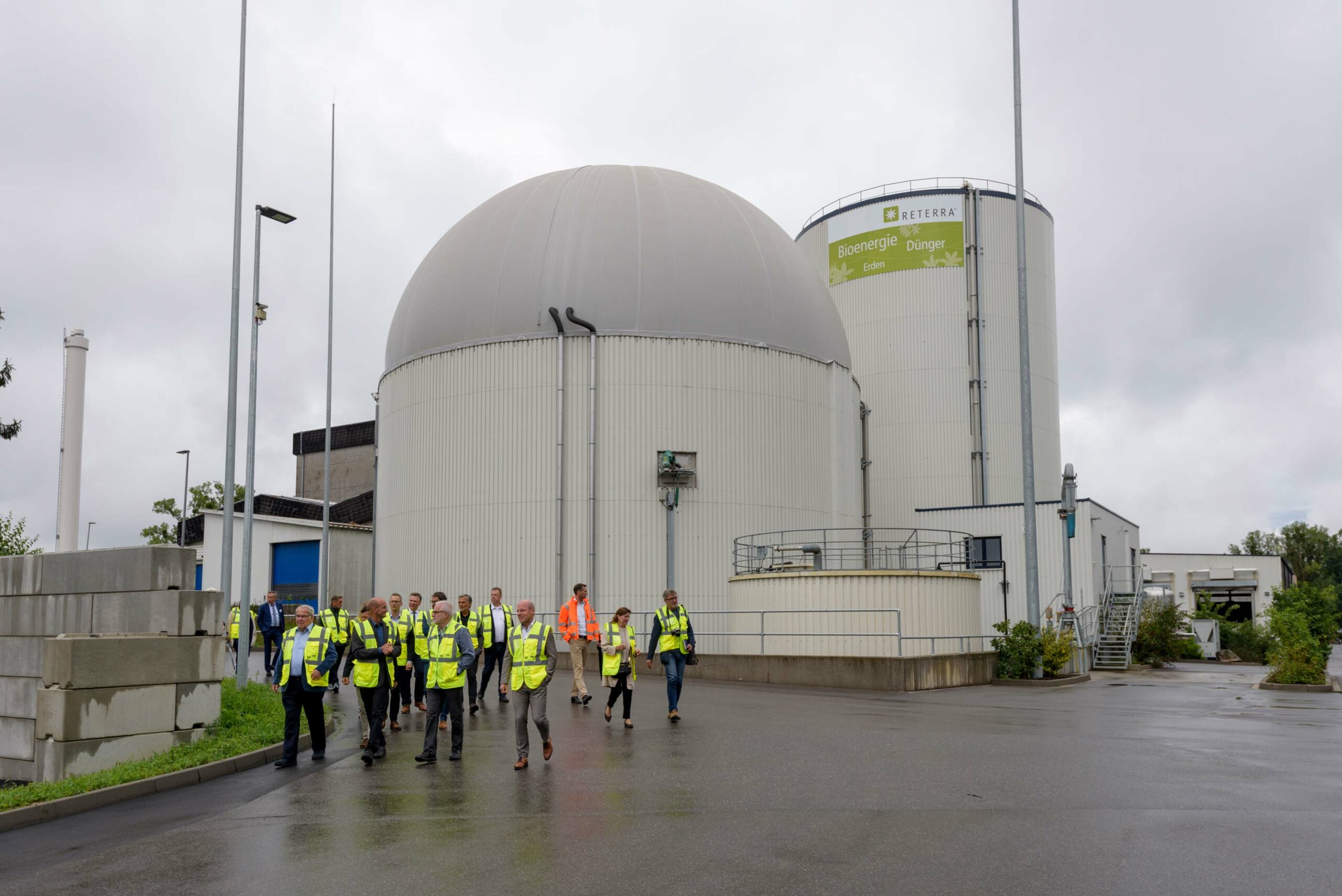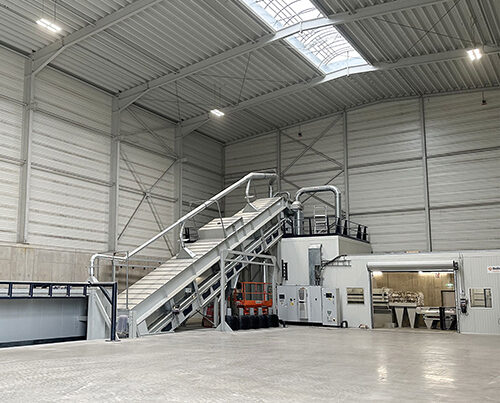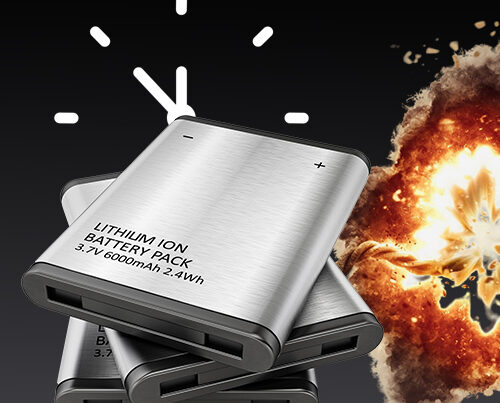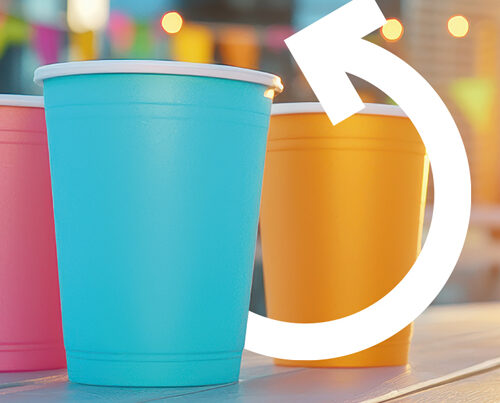Weaning the country off Russian gas, speeding up the energy transition, reaching ambitious net zero goals. Germany is facing some massive challenges when it comes to energy. The circular economy is helping out here. Whether it has to do with saving energy or producing energy – the sector is contributing significantly towards ensuring there is a supply of energy that is both sustainable and reliable. A look at the status quo and some potential future opportunities.
Saving energy with recycling
As its name suggests, the circular economy is all about creating closed loops. By doing so, the industry is able to both conserve natural resources and deliver a future-proof supply of energy as recycled raw materials are far more energy efficient than virgin raw materials – both when it comes to getting hold of them and processing them. The savings gained here make us less dependent on imports and, at the same time, allows the energy that is on hand to be used elsewhere. Taking all material streams into account, the amount of energy saved in Germany as a result of recycling is estimated to be around 100 terawatt-hours. From a purely mathematical point of view, this is the same volume of electricity consumed by 32 million of the total 41 million households in Germany. In other words: the amount of energy saved by creating closed loops is sufficient to supply almost 80% of all German households with electricity.
Electricity and heat from biogas
Recycling organic waste and using these materials in anaerobic digesters to produce biogas are a classic area of business within the circular economy. Biomass plays a key role in supplying energy, especially as a renewable source. Approx. 50 terawatt-hours of electricity and 172 terawatt-hours of heat were produced using this sustainable form of energy in 2021. These figures, however, could still be considerably increased. The REPowerEU plan presented by the European Commission proposes increasing biogas production to 35 billion cubic metres by 2030. This would mean that the biogas sector would cover around one-fifth of the gas currently being imported by the EU from Russia.
More than half of all European biogas plants are located in Germany. According to experts, just a short period of time would be needed for the country to increase the amount of energy it produces from biogas by 20%. And, over the medium to long term, it could be doubled. The right framework conditions must be in place, however, for this to be achieved – regarding ‘bureaucratic hurdles’, for example.
Waste to Energy – Energy from Waste
Using non-recyclable materials to produce energy is a promising option. The 84 thermal waste treatment plants represented by the interest group ITAD alone (which primarily process household and commercial waste) generated almost 25 terawatt-hours of heat and 8 terawatt-hours of electricity in 2021. Depending on the type of plant being operated, this energy can range from harnessed steam to electricity and heat. A look at recent developments reveals that these plants are playing an ever greater role in district heat networks, further emphasising their growing importance as energy providers.
Besides processing non-recyclable substances at waste-to-energy plants, the circular economy also transforms these materials into solid, liquid and gaseous fuels. These are then used to substitute virgin fossil fuels in power stations and cement works – and the volumes are steadily increasing here, too. The share of alternative fuels being used to produce cement, a very energy-intensive process, already lies at 69%.

Just one example of many: REMONDIS’ plant in Singen uses regional organic waste to produce biogas, which is then transformed into electricity in two large combined heat and power units. This sustainable green energy covers the requirements of around one-third of the town’s households. find out more
336,900 megawatt hours of energy are produced by the power stations at REMONDIS’ Lippe Plant every year. Further energy is generated at the waste-to-energy plants, in which REMONDIS owns a share, as well as at its hazardous waste incineration plant in Brunsbüttel.
Water as a provider of energy
Water is another means of generating sustainable energy and becoming energy self-sufficient. For example by processing sewage sludge from municipal sewage treatment plants or using smart industrial wastewater treatment systems to generate energy. REMONDIS uses a process it developed itself to produce biogas from industrial wastewater with a high organic content. What’s more, REMONDIS is also involved in hydroelectric power via its share in the ENERVIE Group: being an energy provider for the region of South Westphalia, ENERVIE not only relies on wind power, solar energy and biomass but also on three river hydro energy plants, which supply around 13 million kilowatt hours of electricity (long-term yearly average).
Helping to grow network stability
ENERVIE also operates a pumped storage power plant that helps to balance out demand and supply and so stabilise the electricity grid. With a 300-metre drop between the upper and lower reservoirs, this pumped storage power plant can supply the grid with up to 735,000 kilowatt hours of electricity at short notice.
Helping to grow network stability is something that the biogas plants and waste-to-energy plants can offer as well. Having passed the relevant prequalification stages and been integrated into the operating reserve system, they can supply energy to even out fluctuations in the grid – either as part of the minute reserve power market or even as a secondary operating reserve system, i.e. in second place immediately after the large power stations.
Decentralised and independent
No matter whether it be biogas, energy from waste or energy from water, these sustainable forms of energy all have one thing in common: they all use materials that are already here in the country. What’s more, the energy is produced locally – something that is in keeping with the organisational targets of the energy transition, namely to have a decentralised system. An additional point in their favour is that some of these plants do not require any external sources of energy at all and so can continue operating even in extreme exceptional circumstances. Waste-to-energy plants, for example, have the power they need to start up their operations themselves even if the whole power grid goes down. This means they can play a key role in helping to get supplies up and running again.
The REMONDIS Group’s global metal recycling activities alone save more than 6 million gigawatt hours of energy every year.
Adding value with specialised services
REMONDIS’ holistic approach ensures that the Group also helps energy producers to make the very most of their plants’ potential. With this goal in mind, BUCHEN KraftwerkService delivers technical services to power stations, waste-to-energy plants, industrial incineration plants and steam generators. XERVON Instandhaltung optimises the availability of energy-generating facilities by offering maintenance solutions and XERVON Wind provides highly specialised inspection, maintenance and repair services for onshore and offshore wind farms. And not to forget the services that BUCHEN and XERVON offer to help industries, such as the chemicals, petrochemicals and plastics processing sectors, to reduce their energy consumption levels. At the end of the day, a whole series of activities are needed to ensure there is a future-proof supply of energy – activities that together create a powerful whole.
Image credits: image 1: Adobe Stock: SG- design; image 2: © REMONDIS; image 3: © ENERVIE












